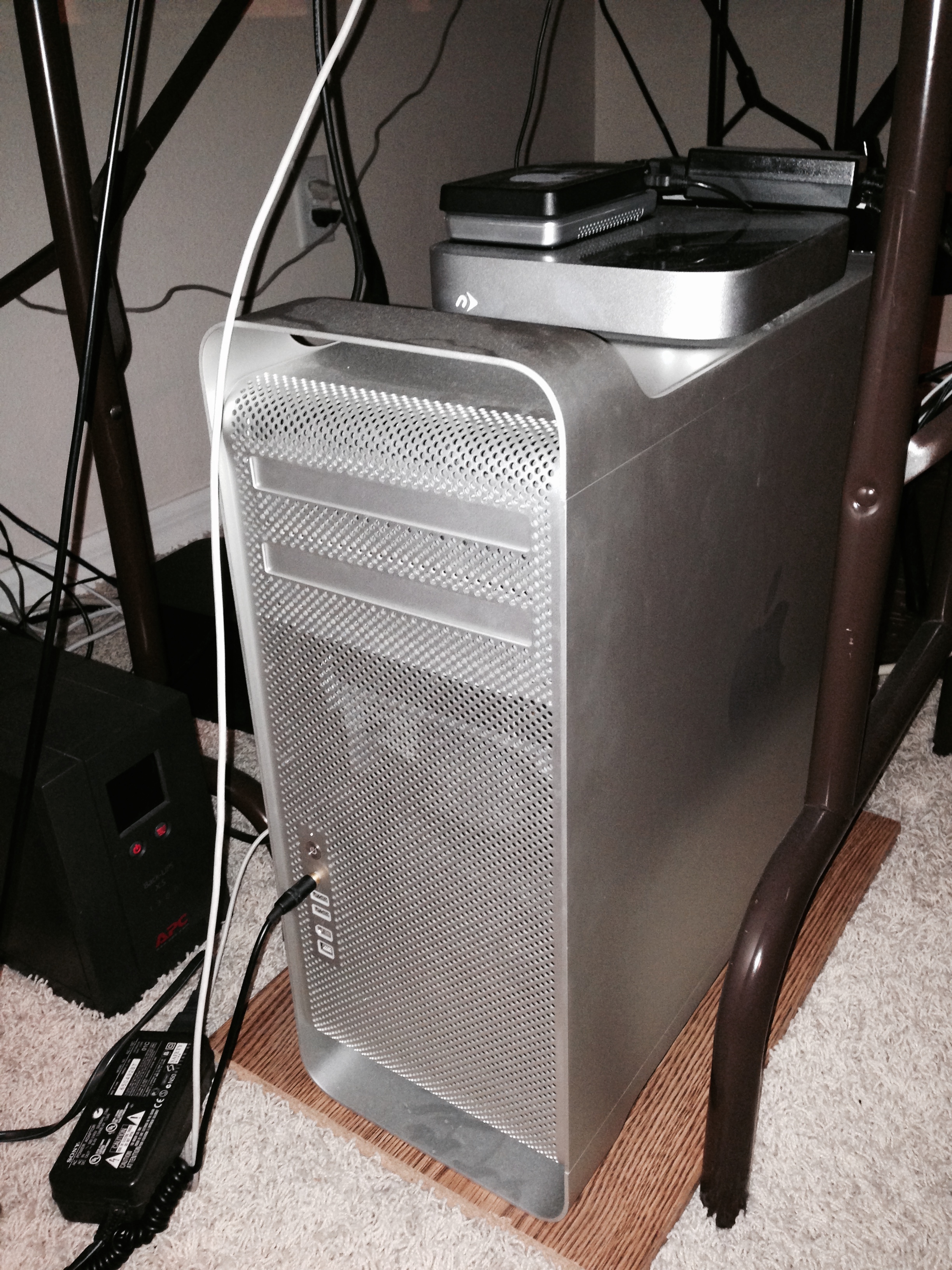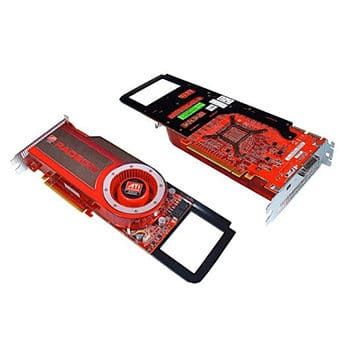

- Video cards for mac pro early 2008 install#
- Video cards for mac pro early 2008 drivers#
- Video cards for mac pro early 2008 full#
These options are in addition to the standard options you would select for Intel based PC'sĬonfigure your kernel as normal, but add the following options for EFI Stub (needed for rEFIt or rEFInd). I've included my 3.14 kernel config as a reference, which supports: Note that by default the EFI system partition will be /dev/sdb1, Apple root will be /dev/sdb2 and Apple recovery will be /dev/sdb3.
Video cards for mac pro early 2008 install#
Install your snapshot into the root partition you created (Probably /dev/sdb4) and configure it per the installation instructions but do not install the boot loader. Proceed with a standard Gentoo install using the Ubuntu live environment.

When it boots, most everything should work except the sound on the LiveCD. At the Ubuntu boot screen, press F6 to disable APIC, or you may experience random crashes. If there are multiple options, keep trying until you get one that boots.

Select the new option in the menu which should be the USB stick. Now, plug the Ubuntu USB stick into the Mac and boot the Mac. You should start seeing the rEFIt or rEFInd boot menu after the second reboot. Shut down the Mac, and boot it up twice (Requirement for rEFIt). Now that the bootloader has been installed and the disk is prepared, we are ready to start bootstrapping. Just compile the kernels normally and install them to EFI/gentoo on the EFI partition. You can (and probably should) have several entries, and can edit this file from within Linux.

Menuentry Linux - Bleeding - Modeset - Switch Setting up rEFInd must be done from OS X. This option is recommended for 15 inch versions, as it allows for passing kernel parameters. Refind which is a fork of Refit and is being actively development and maintained. rEFIt should show Gentoo_37_圆4.efi as an option in the boot menu.
Video cards for mac pro early 2008 drivers#
The wireless drivers you need later do not compile with a kernel greater than 3.8 at the present time.Ĭomplete the rest of the Gentoo installation, and reboot. In this method, the Mac app rEFIt will act as the boot manager/boot loader and it will boot the kernel directly. You cannot pass kernel arguments using rEFIt, so it is useless on 15 in MacBooks where kernel arguments are required (unless you hardcode all arguments, which is very cumbersome). If you want to install it go here.Ī major drawback of this method is that you cannot use an initramfs, so if you have lvm or encryption then you must use rEFInd. I can confirm that is works well with OS X Mountain Lion however it's untested on OS X Mavericks which it hasn't been tested on. There is longer any active development for it. Refit it is very easy to install however be aware that it is dead. NB: Refit is no longer supported by OS X Yosemite, this due to changes in the OS X boot loader now treats local installation as quasi LVM. However there are two option for you: rEFIt and rEFInd. Currently Apple's Bootcamp does not support Linux. Now you must choose your a EFI boot manager. Now, choose a bootloader to boot the liveUSB and the kernel to be made later. From kernel version 4.3 onward Thunderbolt hot-plugging should work on recent Apple hardware so it's no longer necessary to have the Thunderbolt Ethernet adapter plugged in during boot. Apple Thunderbolt to Gigabit Ethernet Adapter) or USB adapter is needed. To connect to Ethernet a Thunderbolt (e.g.
Video cards for mac pro early 2008 full#
Note: if full disk encryption exists, it will necessary to temporarily disable it (takes a while) to make any changes to the partition table. Use MacOS Disk Utility to resize the MacOS partition on the fly, which by default takes up most of the disk, and behind it create a Linux root partition of the size you desire. To bootstrap using Ubuntu, grab a mac image and flash it to a USB drive. I have not tried this yet but you can read about it on the rEFIt website. A single boot installation could be performed, but you will need to use the rEFIt instructions for installing rEFIt to the EFI system partition using bless instead of to the MAC partition (which is the default). These instructions will perform a Dual Boot setup with MacOS. 6.1 Resetting the System Managment Controller (SMC).4.5 Turn off backlight when screen closed.


 0 kommentar(er)
0 kommentar(er)
